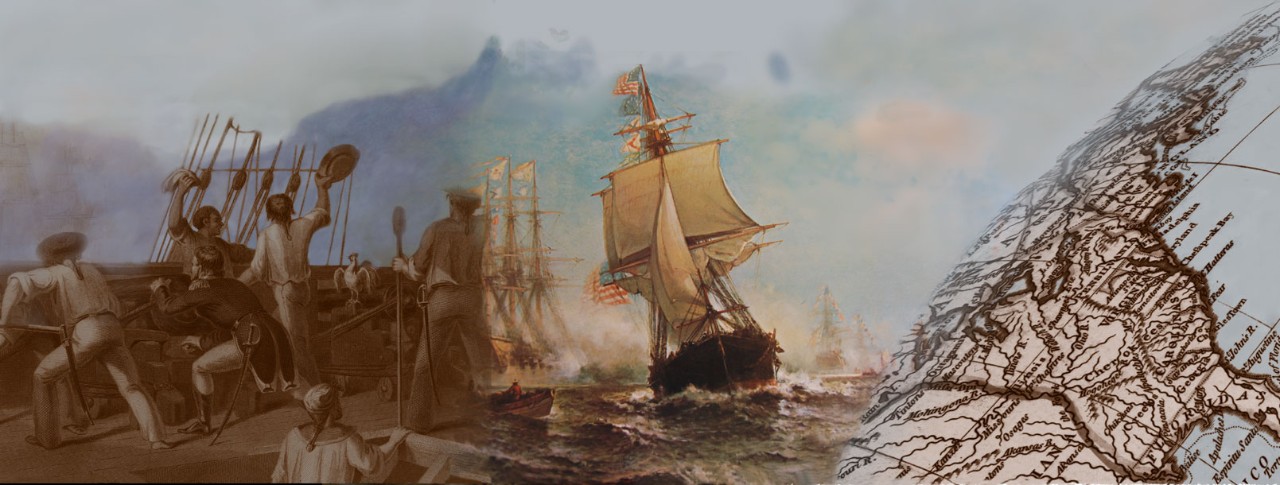
MacArthur, Douglas
Douglas MacArthur was born in Arkansas on 26 January 1880, the son of Army Captain Arthur MacArthur. Graduating from the U.S. Military Academy in 1903, over the next decade and a half he was assigned to Army posts in the U.S., the Philippines and Panama, served at the War Department and participated in the occupation of Vera Cruz, Mexico. During First World War combat in France MacArthur commanded the 42nd ("Rainbow") Division with the temporary rank of Brigadier General. Following the war he was Superintendent of the Military Academy and had two tours of duty in the Philippines.
Appointed Chief of Staff of the Army in 1930, with the rank of General, MacArthur remained in that post until 1935. He then went back to the Philipines, charged with creating an army for that soon-to-be independent island nation. General MacArthur retired from the U.S. Army in 1937 and was appointed to the rank of Field Marshall in the Philippine Army. As the threat of war with Japan grew, in July 1941 he was recalled to U.S. service as commander of U.S. Army Forces in the Far East, initially in the rank of Lieutenant General. After Japan began hostilities in December 1941 he was responsible for U.S. and Philippines forces in their unsuccessful fight against the conquering enemy, later receiving the Medal of Honor in recognition of his efforts.
At the order of President Franklin D. Roosevelt, General MacArthur was evacuated from the Philippines in March 1942. Given command of Allied forces in the Southwest Pacific area, he directed the successful defense of southeastern New Guinea, and beginning later in 1942, the counteroffensive that ultimately swept the Japanese from the region, leading to his return to the Philippines with the October 1944 invasion of Leyte. Promoted to General of the Army shortly before the end of 1944, MacArthur subsequently oversaw the liberation of the rest of the Philippines. After Japan capitulated in August 1945 General MacArthur presided over the formal surrender ceremonies and, during the next five years, was responsible for demilitarizing the defeated nation and reforming its political and economic life.
Beginning late June 1950, when North Korea began the Korean War, MacArthur was in charge of the United Nations' fight to repel and defeat the aggressor. This successful campaign was followed, in November 1950, by a vigorous Chinese intervention, which was also largely contained by the spring of 1951. However, by that time General MacArthur's outspoken views had made him unacceptable to the Truman Administration. In April 1951 he was relieved of his commands and recalled to the United States, where he received a hero's welcome. After an abortive run for the Presidency in 1951-1952, he spent the rest of his life as an elder statesman for conservative and nationalist causes. After a life of great achievement, and equally great controversy, General of the Army Douglas MacArthur died on 5 April 1964.
This page features selected views concerning General Douglas MacArthur taken through September 1944, and provides links to images of later date.
For other pictures related to Douglas MacArthur, see:


